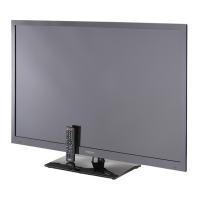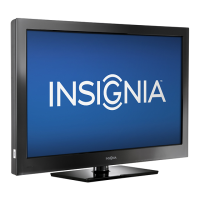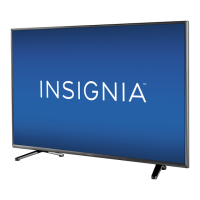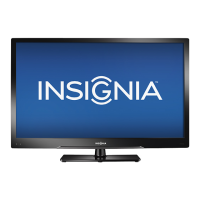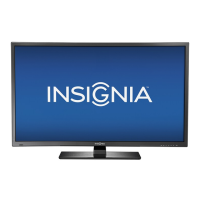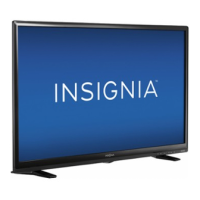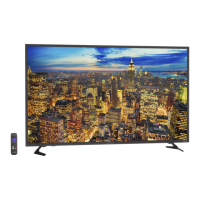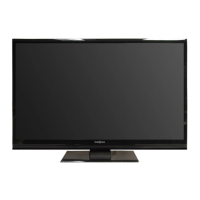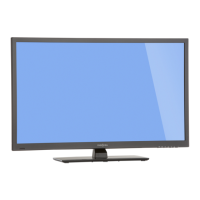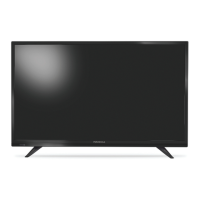How to fix Insignia TV remote control that is not working?
- JJohn LawsonAug 20, 2025
If your Insignia TV remote isn't working, ensure the power cord is correctly connected, remove any obstructions between the remote and the TV sensor, and point the remote directly at the sensor. Also, verify that the plastic wrapping is removed from the batteries, the batteries are correctly installed, or try replacing them with new ones.
